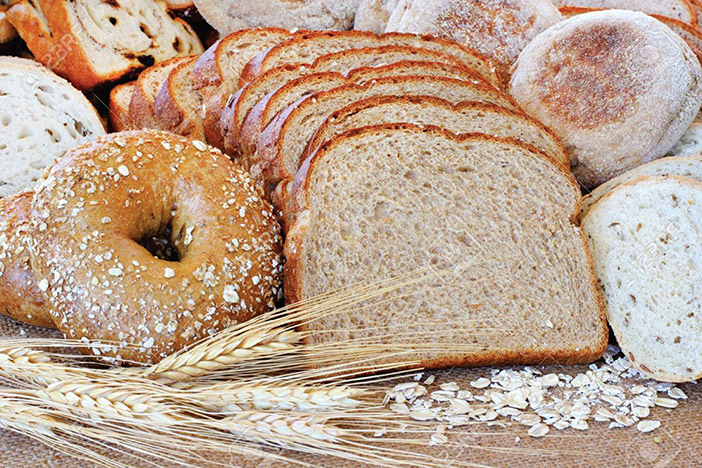
Most people have feasted their eyes and taste buds on a sandwich of some kind in their lifetime, be it PB&J, grilled cheese or a deli sandwich with the works. The bookends of those sandwiches, aka sliced bread, have definitely progressed over the years, starting out as basic white bread, but gradually developing into a sophisticated array of grainy goodies, with a surplus of sliced bread varieties infiltrating the store shelves. From multigrain to sprouted wheat, consumers have the bread world at their fingertips.
Whole grains, overall, have evolved, growing into a worldly food group, burgeoning into the popular main dish instead of the lonely wallflower of a meal. More and more grain varieties are sprouting onto the food scene, including the popular offenders like rice, oats and corn, and the new kids on the block like farro, freekah and wheat berries, just to name a few. Whole grains are a great source of nutrients, including B-vitamins, folic acid, iron, magnesium, selenium and fiber. The dietary fiber in whole grains may help improve blood cholesterol levels, lower risk of heart disease, stroke, obesity, and type 2 diabetes mellitus.
In general, there are two types of grain products: whole grains and refined grains. Whole grains contain the entire grain: the bran, which is the outer layer of the kernel and contains antioxidants, B vitamins and fiber; the germ, which is the embryo and contains B vitamins, some proteins, minerals and healthy fats; and lastly the endosperm, the germ’s food supply. It contains starchy carbohydrates, proteins and small amounts of vitamins and minerals. Refined grains have been milled (aka ground into flour), which removes the bran, germ, B-vitamins, iron and dietary fiber as well. Milling creates a finer flour texture and improves shelf life.
Milling technology started in the late 1800s and took the world by storm, as most societies have now adopted refined grains in their culinary repertoire. Unfortunately, the decreased nutrient intake from the refined grains quickly led to deficiency diseases like pellagra (from a lack of niacin) and beriberi (from a lack of thiamin). As a result, the government mandated that all refined grains be enriched, which basically means to replace some of the nutrients (but not all) that were removed to help prevent those deficiency diseases.
It’s important to note a few ideas about whole grains. They can’t always be identified by color; just because it’s brown doesn’t mean it’s whole grains. The brown hue may be due to molasses coloring. One would know the difference from reading the ingredient list of a grain product. The whole grain product should be the first ingredient on the list, as this means it’s the most abundant ingredient in the product, and you’re getting more nutritional bang for your buck. Another interesting note is the fiber content; whole grain products will be higher in fiber than their refined counterparts. Each serving should have at least three grams of fiber per serving. Lastly, if a product claims that it’s multigrain, touting its nutritional benefits, caveat emptor! The term “multigrain” just means that it contains more than one kind of grain. It doesn’t mean that the grains are whole and healthier. It’s important to be cognizant as a consumer if you want to grab as many nutritional benefits as you can from the foods you are buying.
By Melissa Papir, MS, RD










